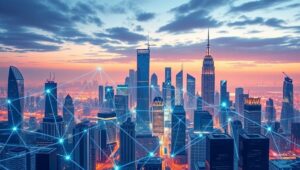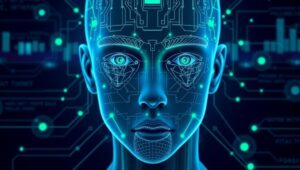May 22, 2025
The Future of Natural Language Processing (NLP): True Understanding? (2025-2030)
The Future of Natural Language Processing (NLP): True Understanding? (2025-2030) Natural Language Processing (NLP) has rapidly evolved, transforming how machines interact with human language. From simple chatbots to sophisticated language models, NLP’s progress has been remarkable. But what does the future hold? Will machines achieve true understanding, or will they remain sophisticated mimics? Current State of NLP Today’s NLP systems excel at tasks like machine translation, sentiment analysis, and text generation. Models like GPT-4 can produce coherent and contextually relevant text, often indistinguishable from human writing. However, these systems primarily rely on statistical patterns and large datasets, rather than genuine












